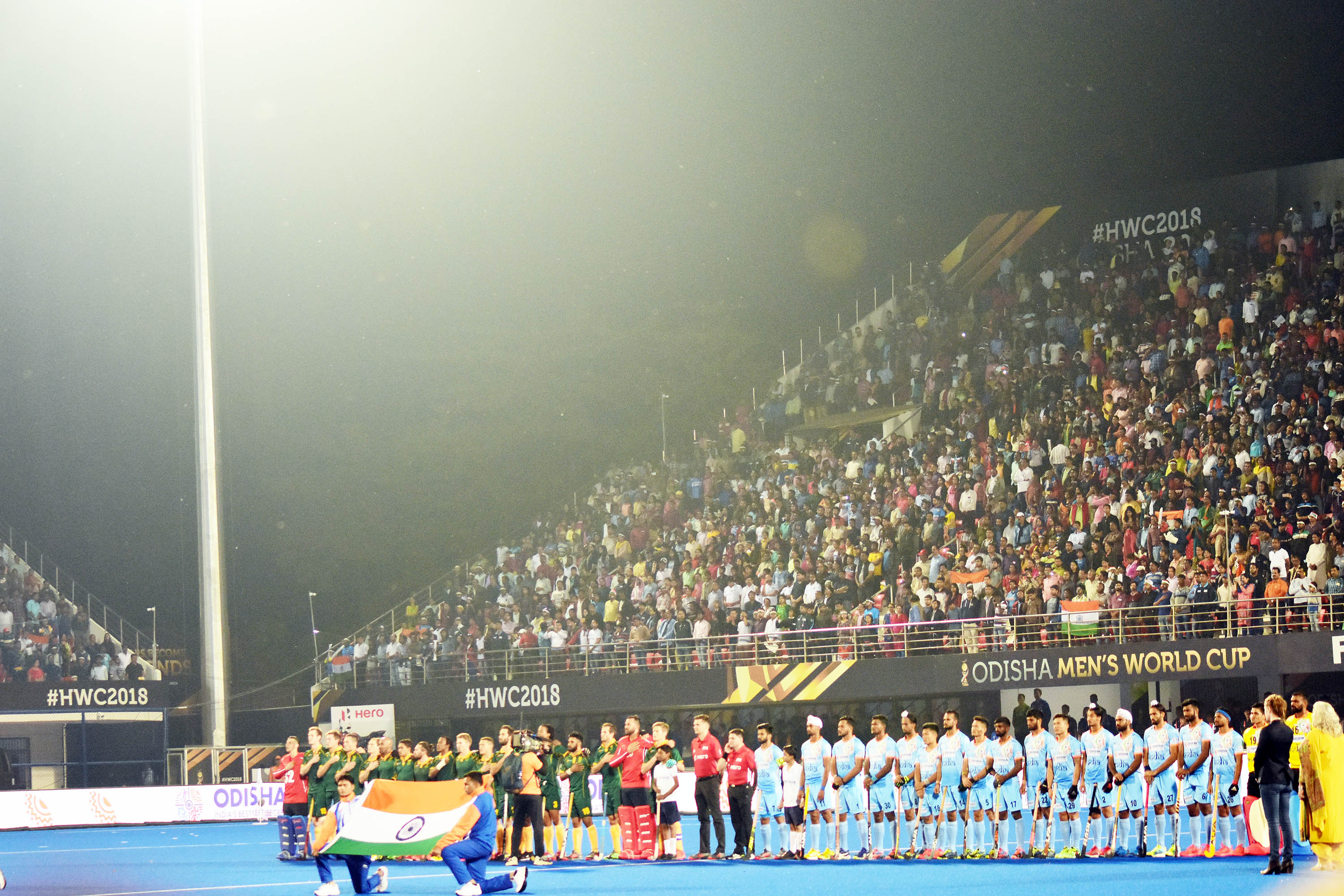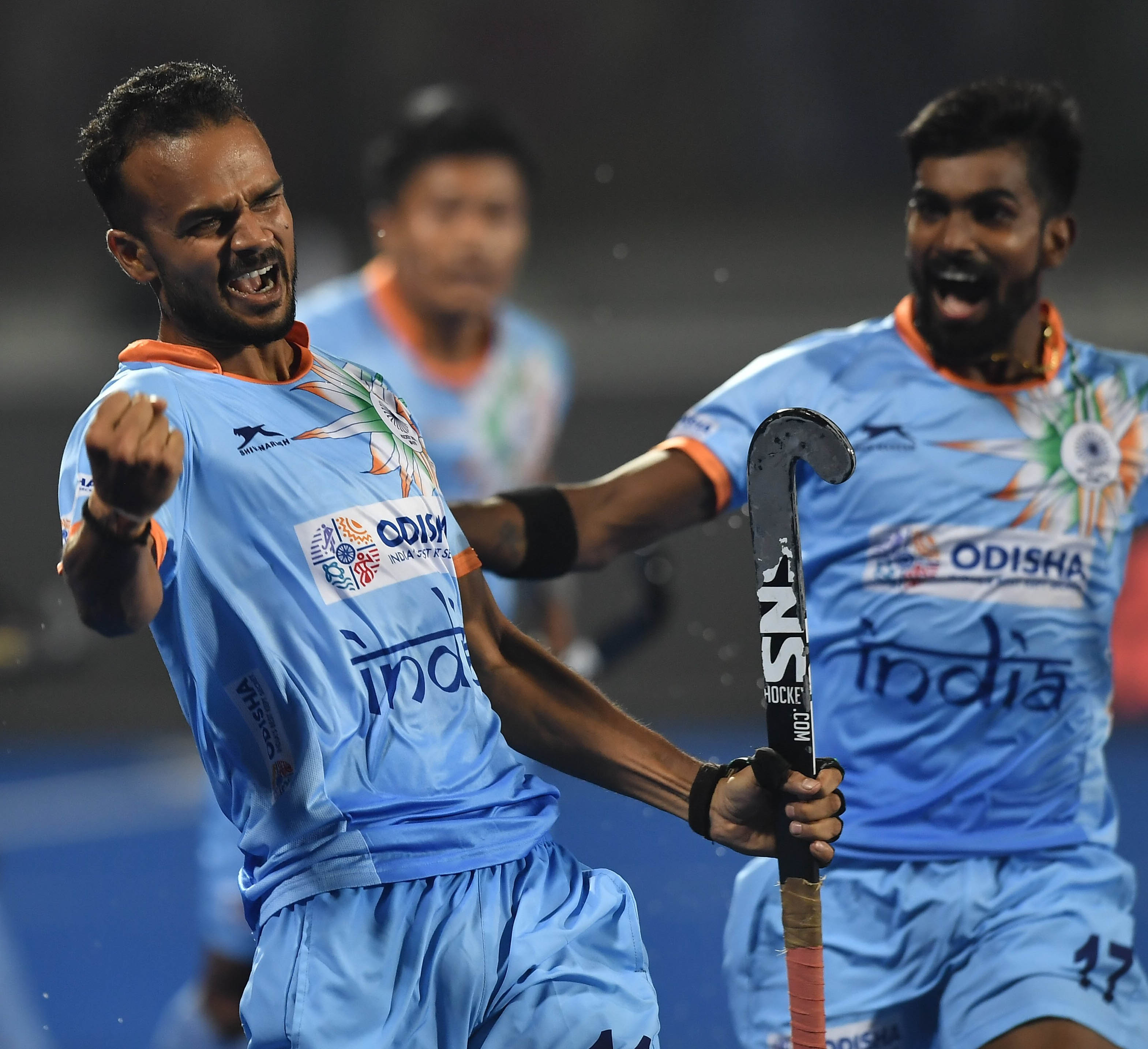Share
S2H Team
The FIH announcement of the World Cup quotas for the men’s and women’s tournaments reveals that the apportionment of slots for the five continents have gone strictly by rankings.
There are seven European nations, four Asian, two Pan American, two from Oceania and one from Africa in the top 16 of the FIH rankings for men. In the women’s section, Europe has six, Asia four, Pan America three, Oceania two and Africa one.
This exactly complies with the quotas announced by the world body on its website on Friday. The World Cup field, for the next edition at least, have done away with qualifying rounds in wake of the Covid-19 pandemic which has ravaged the world and thrown sports schedules out of the window.
In the Asian context, India (World Ranking: 4) have been spared the anxiety of qualifying for the men’s tournament by playing hosts for the fourth time and second in succession. It would leave Malaysia (WR:11), Japan (WR: 15), South Korea (WR: 16) and Pakistan (WR: 17) to fight for three other slots after the FIH stated that the four quota slots for Asia will include the hosts. If India make the semifinals of the Asia Cup, then the other three last-four entrants would qualify. If India do not enter the semi-finals, the podium finishers would qualify while the fourth-placed team would miss out.
India’s women (WR: 9) , barring a sensational upset, can more or less be assured of qualifying for the World Cup. With four quota slots for Asia, the Indian women have the credentials to finish in the top bracket with China (WR: 10), South Korea (WR:11), and Japan (WR: 13). The nearest Asian rival is Malaysia (WR: 20).

India will be hosting the next Men’s World Cup
In the European context, the big guns including Belgium, the defending champions, The Netherlands, England, Germany and Spain should have an easy run to the World Cup in both sections but France and Ireland cannot afford to let their guard down in the possible presence of Wales, Austria, Russia and Poland who could hope for an upset or two in the men’s section.
In the European women’s competition, The Netherlands, Germany, England and Spain should go through even as Ireland and Belgium watch their backs what with Italy and Russia waiting in the wings.
In the Pan Am men’s section, Argentina and Canada can more or less take their places for granted unless the USA have other ideas. As for the women, the three quota slots should see Argentina, Canada and USA through although Uruguay and Chile nurture some qualifying ambition.
The African men’s scenario will feature a tense face-off between South Africa and Egypt. In the women’s section, however, South Africa should cruise their way through to the World Cup.
Australia and New Zealand men’s and women’s teams may as well start packing their sticks for the World Cup with not a semblance of competition in Oceania.
The Men’s World Cup will be held from January 13-29, 2023, at Bhubaneswar/ Rourkela in India. The women’s event will be staged from July 1-17, 2022, in both The Netherlands and Spain.
It will be the second successive World Cup events for either gender to draw 16 nations – four more than the traditional 12. In the past, the only other time the World Cup involved 16 nations was at Kuala Lumpur and Perth, both in 2002.
In 2002, teams qualified directly by winning continental championships or by virtue of being hosts. The remaining slots were decided at a qualifying tournament with two highest ranked at Sydney Olympics who had not qualified directly booking World Cup places.
The apportionment of nations at the qualifying tournaments was done by coefficients based on FIH rankings. In 2018, the circuitous Hockey World League contributed the remainder of the World Cup field. If a nation qualified on more than one count, then the best ranked nation available would fill the slot.
Note: The display picture of the story features former FIH President Leondre Negre and Hero owner Pavan Munjal while releasing the logo for the 2010 World Cup. India then was hosting its only second World Cup.



India will win the Asia Cup, either Malaysia or Japan will miss out